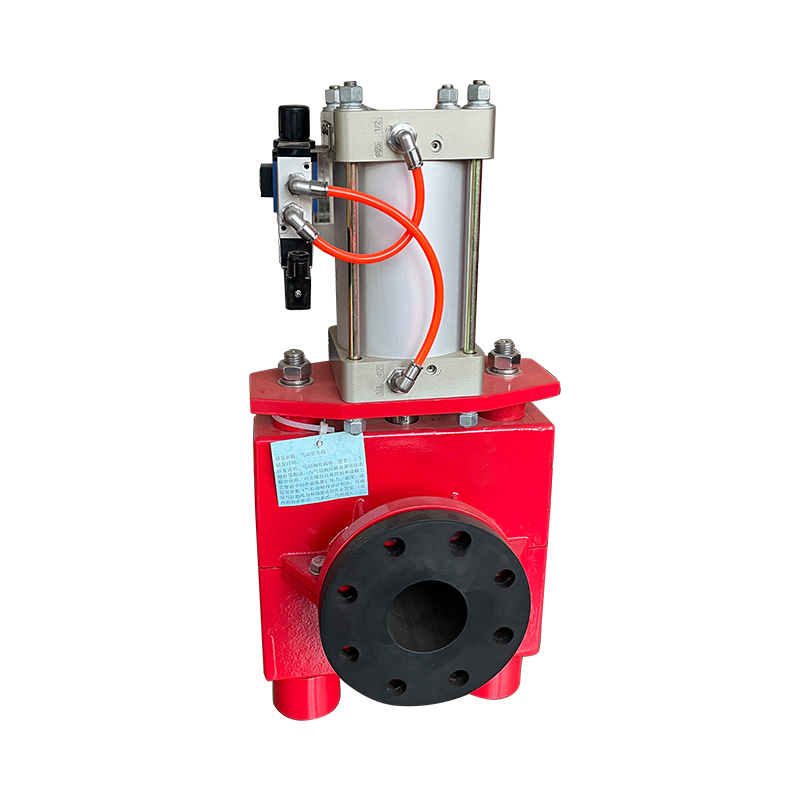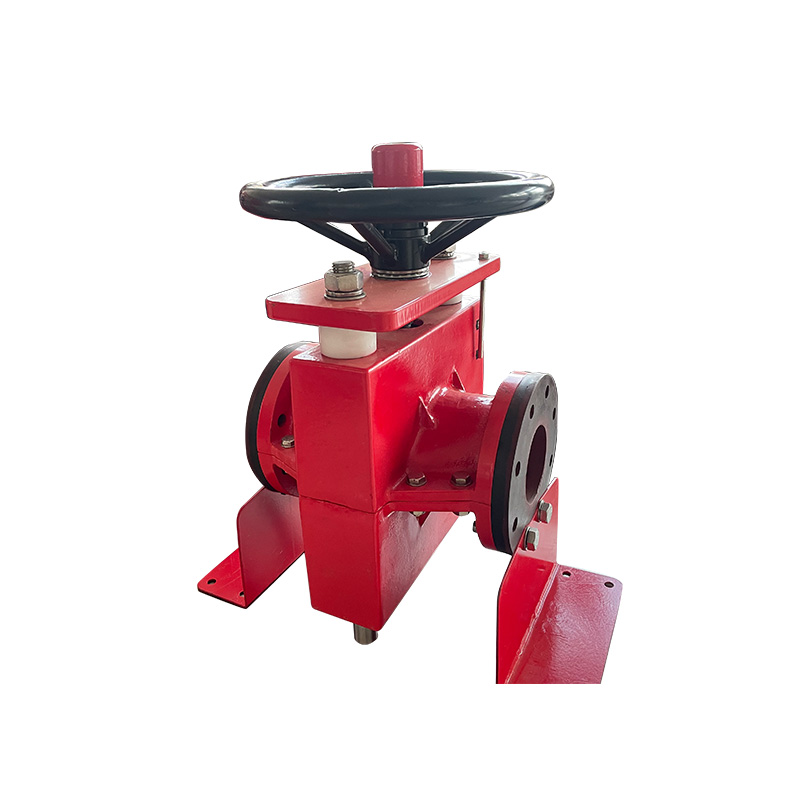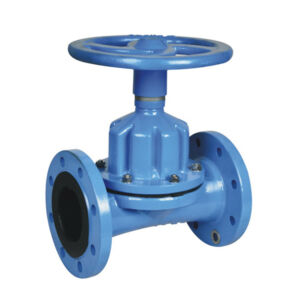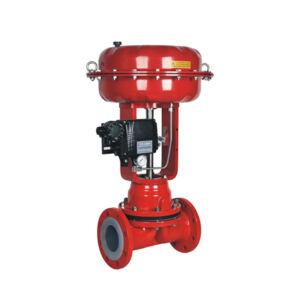Leflow’s high quality Pinch Valve is the ideal solution for shutting off and controlling abrasive, corrosive and fibrous media such as emulsions, silt, dust,gaseous substances, compressed air, powdery materials and particles. It has following options:
1.Body can be made of Ductile Iron, WCB,Aluminium and other Stainless Steel;
2.Operation can be Manual, Pneumatic and Electric;
3.Sleeve can be made of EPDM,NBR,NR(Natural Rubber) and so on.
Pinch valve, also known as pressure valve,is a valve that uses manual, pneumatic, electric and other driving methods to squeeze the internal rubber tube to On-off or regulate the flow.
Pich valve is composed of upper and lower valve body, rubber sleeve, Upper and lower stem, upper and lower gate, left and right guide post and other parts; As the core component, the rubber sleeve is usually composed of an inner layer, an outer layer and a reinforcing fiber, and is formed by vulcanized rubber. Common rubber sleeve materials are natural rubber, fluorine rubber, neoprene rubber ball, EPDM rubber, nitrile rubber, food grade rubber ball and so on.
When the hand wheel is rotated clockwise, the size of the pinch valve stem simultaneously drives the upper and lower valve plates to compress the rubber sleeve, and the valve is closed. When it is turned anti-clockwise, the valve is opened due to the joint action of the elasticity of the rubber sleeve and the pressure of the medium. The gate moves up and down between the left and right guide to complete the valve opening and closing;
During the closing, Once it feels the connection between upper and lower sleeve, then stop continuing to close, More torque will damage the sleeve.
The Pinch valve can be installed in any direction on the pipe, and there is no medium flow limit. After using for a long time, if the rubber sleeve is found to be worn and leak happens, just disassemble the upper and lower valve body and replace it with a new rubber sleeve. The valve body can be reused and the maintenance cost is very low.
Manual Pinch Valve
Leflow’s Manual Pinch Valve is a reliable, low-maintenance, and cost-effective valve designed for challenging slurry, abrasive, and corrosive chemical applications across various industries. The 100% full bore design eliminates any dead points or gaps, seats, or bearings where slurries might stagnate and affect operation, or even lead to valve failure. The manual pinch valve features a bi-directional drip-tight closing function, and its design meets face-to-face dimensions identical to gate valves, plug valves, and ball valves (DN25 – DN1000). They are designed with flange connections conforming to EN12266, API 598 standards, or DIN2533 BS4504, JIS B2212, ANSI B16.5.
Popular material of Rubber sleeve
| Type of Rubber | Working Temperature | Suitable Medium |
| Butyl Adhesive (Grade B) (IIR) | ≤120℃ | 85% sulfuric acid, hydrochloric acid, hydrofluoric acid, phosphoric acid, caustic alkali and a variety of lipids |
| Natural Rubber(NR) | ≤100℃ | Purify water, inorganic salt, dilute inorganic acid, etc |
| EPDM | ≤120℃ | low pressure steam, hot water and cold water. |
| Neoprene rubber (CR) | ≤85℃ | Acid, alkali, oil and non-solvent resistance, better wear resistance than rubber |
| Butyryl rubber (NBR) | ≤85℃ | Oil and wear resistance, its acid resistance is similar to rubbe |
| fluororubber | ≤150℃ | It has similar wear-resistant corrosion properties of fluorine plastics, stable in concentrated acid and strong oxidation properties, stable in ji solvents and alkali solutions. |
The disadvantage of pinch valves is that they cannot be used in vacuum systems.






